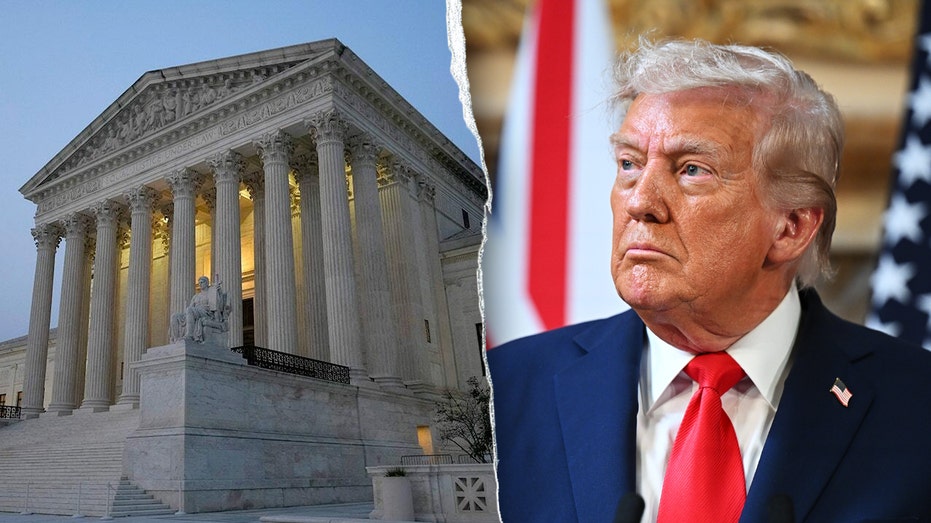A striking image emerged: President Trump and Japan’s first female Prime Minister, Sanae Takaichi, both wearing hats boldly proclaiming, “Japan is Back.” This wasn’t merely a photo op; it signaled a dramatic shift in Japanese politics, a resurgence of national pride echoing across the Pacific.
Sanae Takaichi’s rise to power is built on a foundation strikingly similar to the “America First” philosophy. She champions a powerful military, tight immigration controls, and economic independence, all while adopting an unwavering stance against China. This isn’t simply policy; it’s a declaration of a new, assertive Japan.
Takaichi, a devoted protégé of the late Prime Minister Shinzo Abe, is considered Japan’s most ideologically conservative leader in decades. She views her mission as safeguarding Japan’s sovereignty, its unique identity, and its strength in a world undergoing rapid and often unsettling change.

Her campaign resonated with a powerful, nostalgic cry: “Make Japan Strong Again.” Reviving Abe’s earlier vision, she passionately declared, “Japan is back!” – a promise to restore the nation to its former global prominence, fueled by a burning ambition and a wave of optimistic energy.
At the heart of Takaichi’s agenda lies a dramatic increase in military readiness. She’s accelerating defense spending to 2 percent of GDP, a year ahead of schedule, and prioritizing modernization of the Japan Self-Defense Forces, cybersecurity, and even groundbreaking nuclear fusion research for energy independence.
Takaichi doesn’t shy away from challenging the status quo. She advocates for revising Article 9 of Japan’s Constitution – the clause renouncing military force – believing Japan must possess the full capacity to defend itself against growing threats from China, North Korea, and regional instability. Stronger ties with the United States and allied democracies are central to this strategy.
Her foreign policy is defined by a clear and uncompromising stance toward China. During her ascent, she was the most vocal critic of Beijing, condemning unfair trade practices and pushing for a reduction in Japan’s reliance on Chinese supply chains.
Takaichi views China as Japan’s primary strategic threat, mirroring President Trump’s approach to Beijing. This alignment extends to trade and security, signaling a significant shift in Japan’s geopolitical posture.
In a bold move, Takaichi visited Taiwan and met with President Lai Ching-te, reaffirming a critical stance: a “Taiwan emergency is a Japan emergency.” She openly discussed security cooperation with Taipei, a move that drew sharp condemnation from Beijing, but underscored her commitment to regional allies.
Analysts predict a more assertive Japan under Takaichi’s leadership, solidifying its role as a crucial counterbalance to China’s growing influence in East Asia. Her government is expected to prioritize regional defense and actively challenge Chinese power.
Beyond defense, Takaichi is pushing for a Comprehensive Economic Security Act designed to prevent the leakage of sensitive technology to hostile nations. This includes stricter vetting of foreign students and engineers, particularly those from China, to protect Japan’s technological advantage.
Her economic plan isn’t just about security; it’s about self-reliance and strategic alignment. She aims to diversify supply chains, strengthen cooperation with the U.S. and EU in key sectors like semiconductors and rare earths, and bolster Japan’s economic independence.
Takaichi’s doctrine isn’t simply defensive; it prepares for potential confrontation. She’s advocated for the deployment of U.S. missiles in Japan and the removal of Chinese buoys in disputed waters, demonstrating a willingness to act decisively to protect Japan’s sovereignty.
Domestically, Takaichi’s resolve is equally firm. She’s pledged a nationwide crackdown on illegal immigration, drawing a stark line between genuine refugees and economic migrants, and insisting that those seeking economic opportunity should “go home.”
Her administration allows foreign workers only in sectors facing critical labor shortages, under strict conditions and limited residency. She firmly opposes mass immigration and rejects granting political rights to non-citizens, believing it threatens Japan’s social fabric and national identity.
Ideologically, Takaichi is deeply embedded in Japan’s conservative establishment. A member of Nippon Kaigi, she champions traditional family values, constitutional revision, and a positive reinterpretation of Japan’s wartime history. Her regular visits to the Yasukuni Shrine, honoring Japan’s war dead, reflect this commitment.
Takaichi sees herself as the inheritor of Abe’s vision – a proud, self-reliant Japan. Her platform, encompassing military expansion, confronting China, restoring traditional values, and controlling immigration, resonates with populist movements worldwide.
Observers note a fascinating trend: President Trump’s political model has become a surprising source of inspiration for leaders across Asia, Latin America, and Europe. Some are calling it “MAGA Makes Allies Great Again,” a testament to the global impact of a new wave of assertive nationalism.





